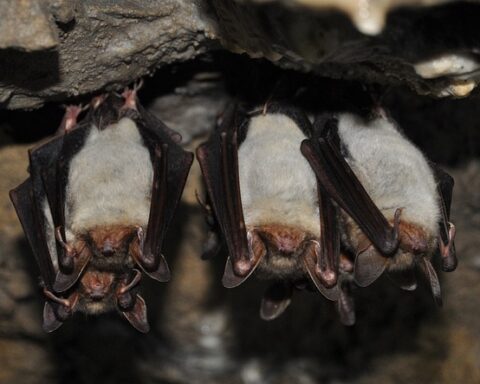A dog is a man’s best friend, in most cases. However, just like us humans, they sometimes act weird and you as a new parent may never be aware of the reasons for this behavior. In most situations, you may not notice the signs. However, in rare circumstances, you may know the reasons right at the first glimpse. Thereby, make sure to turn your attention to your dog, every now and then.
Like, if you’re noticing your rescue dog barking all day or causing havoc, it’s time to understand that your dog has been facing some trouble lately. While you may have questions triggering like- What might be the potential reasons behind this behavior? Or, how do I find solutions? Worry not as reading on you’ll know some common problems and their solutions.
Let’s get going with discovering what these are:
Most common behavior Issues
Usually, dogs rescued from shelters often have behavioral problems. They might be coming from a toxic environment that has scarred them for life.
For instance, if you’re wondering “why is my rescue dog sleeping so much?”, the chances are excellent that it is undergoing fear or anxiety. Or, it might be a reason for some health problems. Other commonly observed behavioral issues, especially in rescue dogs include –
- Too much barking
- Not obeying the owner
- Destroying household items
Thereby, if you’re noticing abrupt behavioral issues, make sure to reach out to the professionals.
What might be the reasons?
Some common reasons behind such behavior may be:
- Effect of malnutrition: Lack of proper nutrition at an early age often leads to stunted mental and physical growth in dogs. Malnutrition reduces neurons and harms the functioning of neurotransmitters. Thus, if your dog hasn’t been fed properly during the early years, the chances are excellent for them to suffer from behavioral issues in their later life.
- Mistreatment: Dogs often suffer from severe neglect in shelters. Often they are kept chained in confined places for days, without any human exposure. Now when such dogs are let free, they tend to bite when they come across people suddenly. Thereby, it is wise to take note of their behavior and treat them accordingly.
- Environment: Just like humans, every dog breed is best suited to a particular climate and environment. For example, an Eskimo dog lives best in cold places. When suddenly brought to a hot humid climate, it would have a tough time adjusting. Therefore, sudden environmental change may cause behavioral problems.

What Are Some Effective Solutions?
Despite the grave problems, one shouldn’t worry as there are sufficient solutions for the same. Below are the most common and useful ones:
- Constant biting urges are not abnormal, as such animals tend to use their canines as we use our hands. Your pooch would require lots of training and supervision to change this habit. The experts suggest exposing him to various settings and people, to make him more comfortable and less anxious.
- Make sure your dog is hydrated and keep an eye on his diet to prevent lethargy and oversleeping.
- Using positive reinforcement, you can control the aggressive behavior of your pet. Shower some love and pamper your dog. Make sure to train him properly and reach out to professionals for learning measures to curb his aggression. If your furry friend reacts to training well, ensure rewarding him with his favorite treats and toys.
Winding-up
When adopting a dog, the most important thing to do is proper research beforehand. You need to consider his past experiences and mold your ways accordingly. One must be ready to face such situations, and shouldn’t lose cool.
Know that your furry friend can be your best companion, only if you’re ready to accept it with its flaws. So don’t panic, because there’s a solution for every doggie problem!










